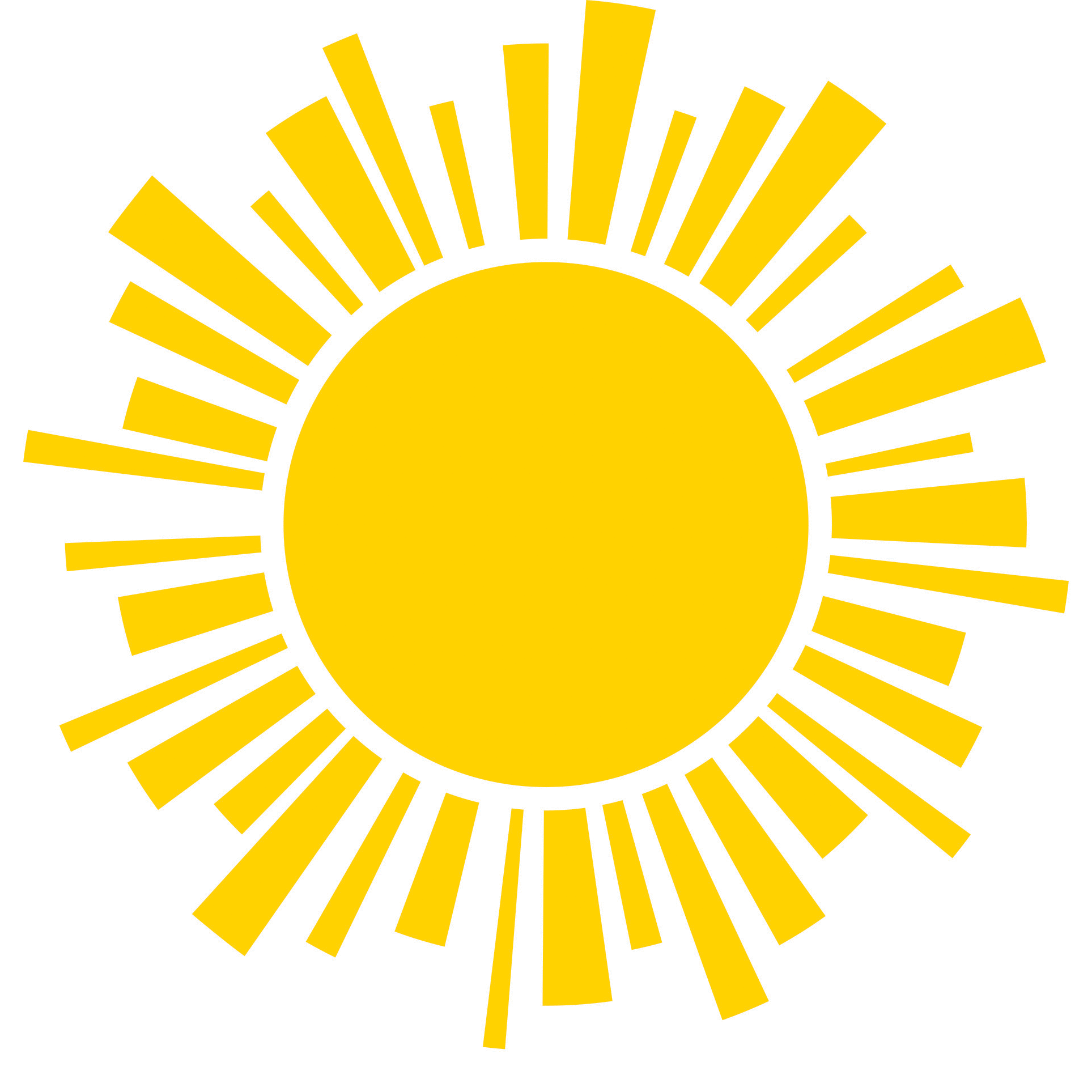Event name: Air and Space Excursion
Event time and place: February 23, 2025 at Washington D.C.
One of the planes outside of the Planets exhibit
The Destination Moon exhibit was about the development of spaceflight during the mission to land on the moon, including the development of rockets and lunar capsules. Additionally, it had a section about spacesuits and accommodating astronauts in space. Three specific showcases of this exhibit were the specific F1 engine used for the Apollo 11 mission, the Columbia command module, and information learned about the effect of space on humans. The Columbia piece was specific because it was the actual real command module used, which was later donated to the museum. In regards to explaining the effect of space on humans, the exhibit showed an example of a portable EKG and vision test astronauts carried with them. This exhibit seemed to be designed for an audience slightly older in middle school, since it contained more technical content. However, there was still heavy use of incorporated interactive components, mostly in the form of large screens that allowed for more exploration into specific topics of certain pieces in the museum. One interactive showcase that was useful in particular was one of the Saturn V, which was composed of a screen that had each part of the rocket in an exploded view. By selecting different parts of the rocket, the screen provided more in depth descriptions to supplement the ones on the signs.
Finally, the Exploring the Planets exhibit was mainly about learning about planets without actually visiting them through studying tectonics, geology, spectroscopy, and materials sciences. Three specific concepts that the exhibit delved more into were volcanism, crater anatomy, and past rovers and satellites used to collect information on different planets. For example, the gallery displayed a life sized model of the Perseverance rover along with a description of each head scientist and their focus. It also had models of types of craters with textured surfaces to better depict their differences. This exhibit was probably designed for an older end of middle school audience as well because it went more in depth about scientific concepts used to learn about the planets. Similar to the previous two, it also greatly employed the use of interactive components. These were useful in conveying information since, for instance, the textured craters allowed for visitors to feel the differences between craters rather than rely on a simple verbal description.
The exhibit designers made sure to design many interactive components to make concepts easier to learn. Additionally, they broke up complex topics into smaller chunks. For example, the Exploring the Planets exhibit explained satellite imagery through the lenses of examining craters, surface textures, evidence of tectonic movement, and spectroscopy. One way they ensured information was updated was by having booths with Smithsonian volunteers providing information on topics in the room. Additionally, some of their interactive components could be easily updated since they were based online.


